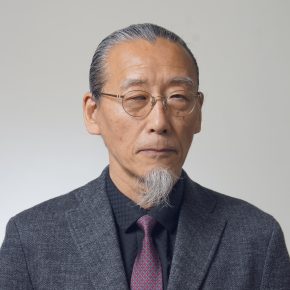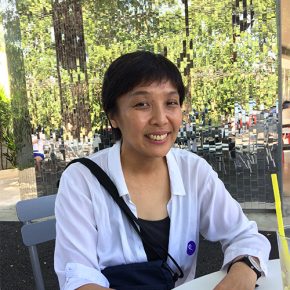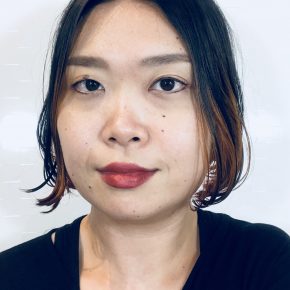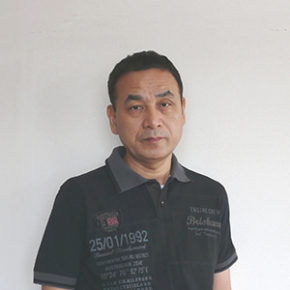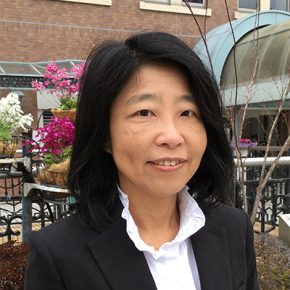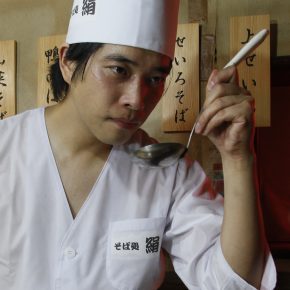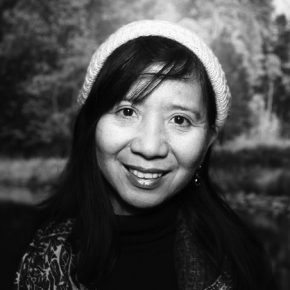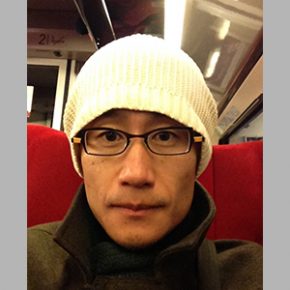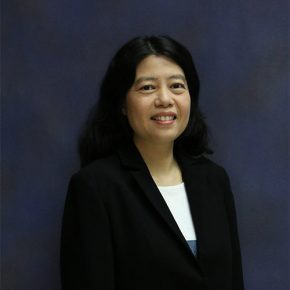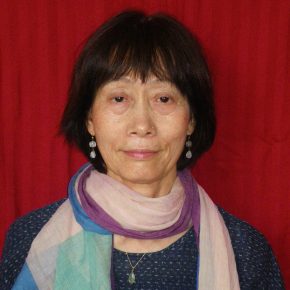Researching the development and spread of ancient paper (beaten bark paper) in Southeast Asia along the Maritime Silk Road, and building a collaborative platform for reviving beaten bark paper production culture amongst artisans and young artists
Mr. Sakamoto utilizes transmitted light and other instruments to examine every part of every page of approximately 300 notable beaten bark paper historical manuscripts, wayang bébér painted scrolls, ketika divination calendars and other documents held in Indonesia in order to identify characteristics and techniques distinctive to them. He then endeavors to publicize, share and communicate his results and observations. He also lends his support to the creation of a platform for the preservation of beaten bark paper culture amongst stakeholders, including traditional manufacturers whose livelihood is facing an urgent and existential crisis. Above all, in recognition of the fact that beaten bark paper wayang bébér is found in only three locations worldwide, making it extremely rare and precious and in need of protection, Mr. Sakamoto provides ongoing support for and raises awareness about a range of intensive efforts being undertaken to "Save Wayang Beber" so that it can be passed on to future generations.
Look at the blog written by the fellow at this link. http://philias.exblog.jp/7827841/
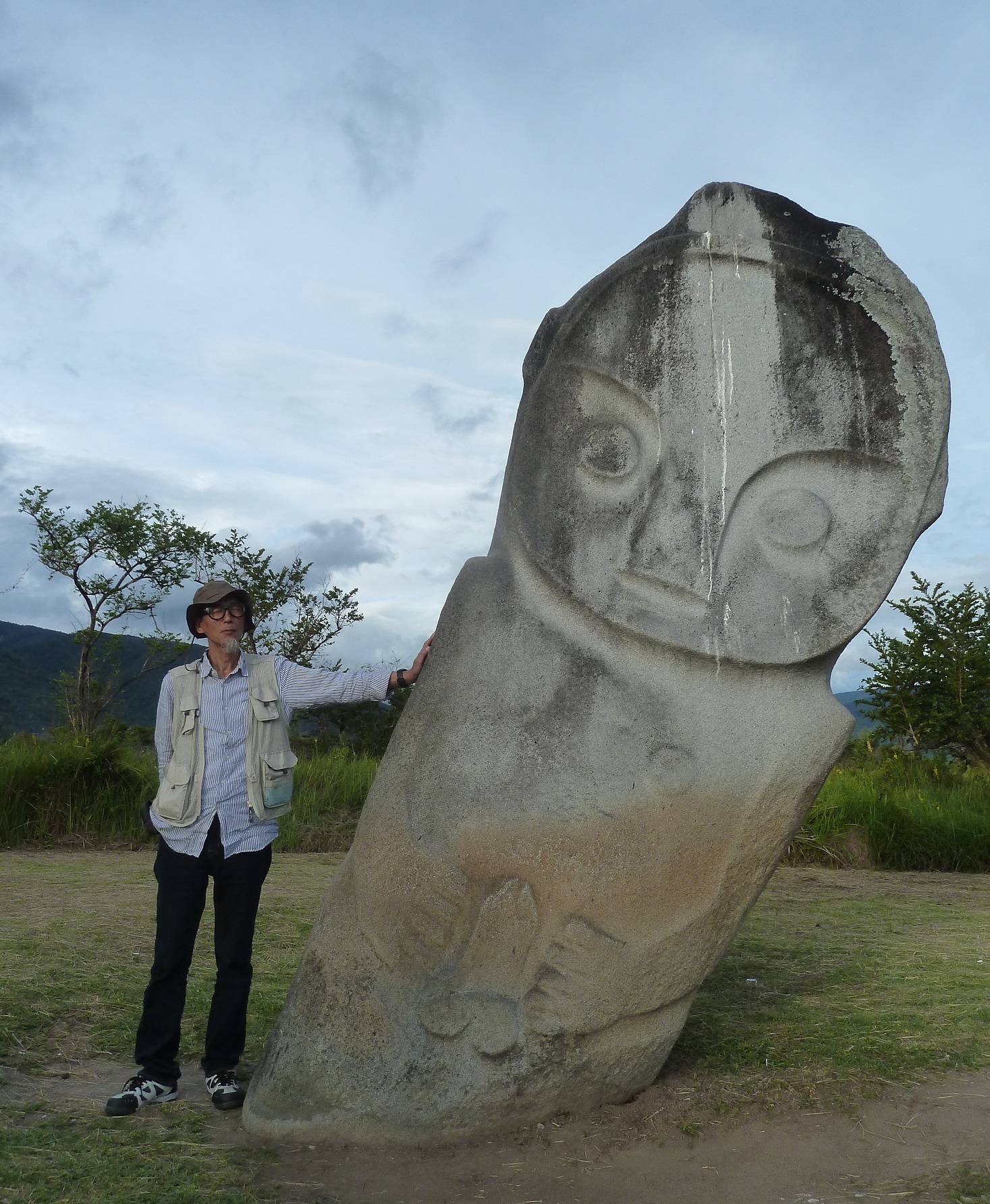

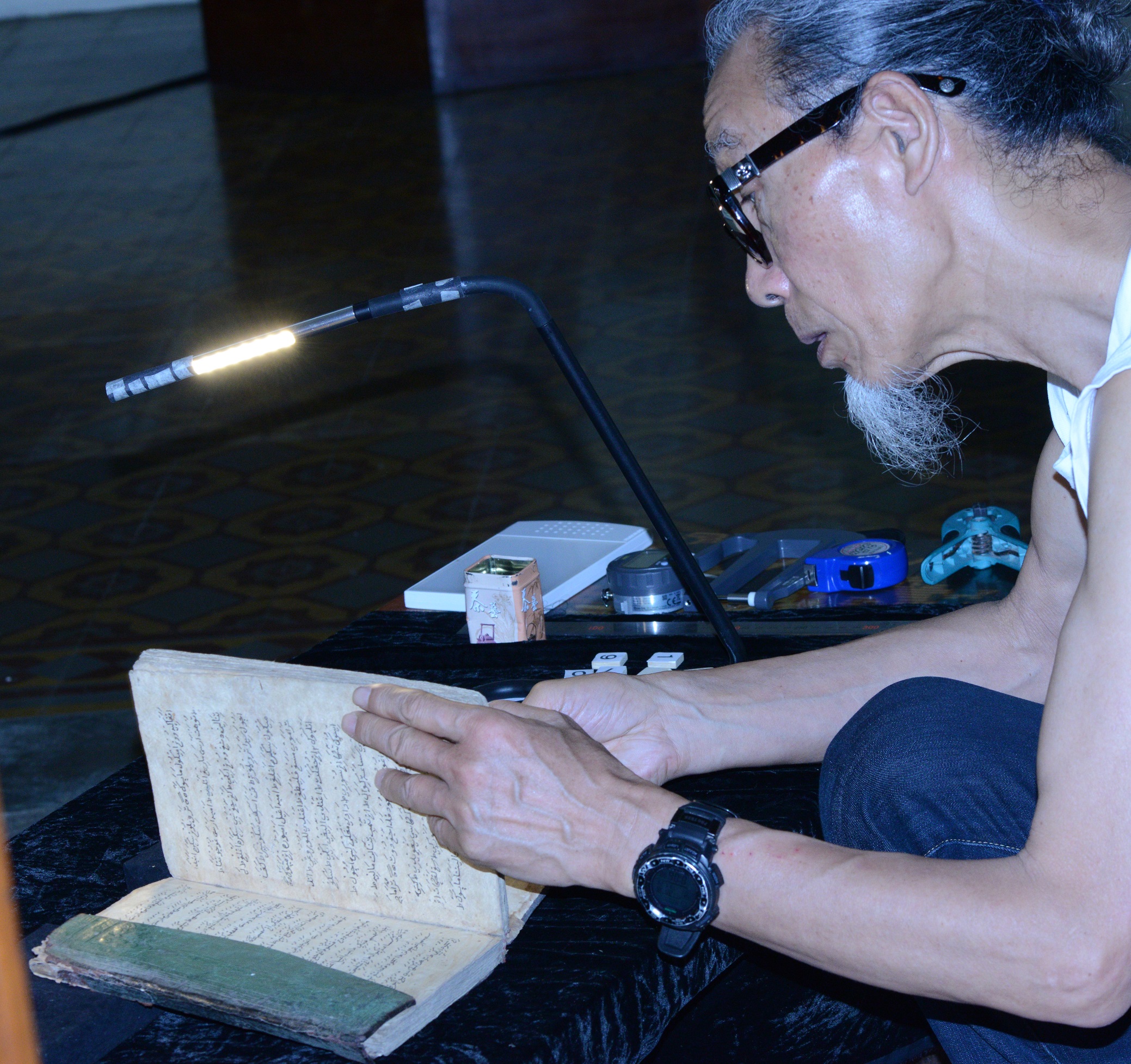
- Main Cities of Activity
- Indonesia:Jakarta, Sulawesi, Bandung, Cirebon, Yogyakarta, Bali Vietnam: Ho chi minh city, Phan Thiet, Da Nang, Hanoi
- Host Institution(s) / Individual(s)
- Jakarta Textile Museum
- UNESCO Center for Research and Conservation of the Cham Culture
- Activity Reports
- 「海のシルクロード沿いに東南アジア地域で発展・拡散した古代の紙(樹皮紙)の、現状調査研究と若きアーティスト・達人達の生産文化復活を支援する協働プラットフォームの構築」(4,379KB)
- "Researching the development and spread of ancient paper (beaten bark paper) in Southeast Asia along the Maritime Silk Road, and building a collaborative platform for reviving beaten bark paper production culture amongst artisans and young artists. "(4,376KB)
